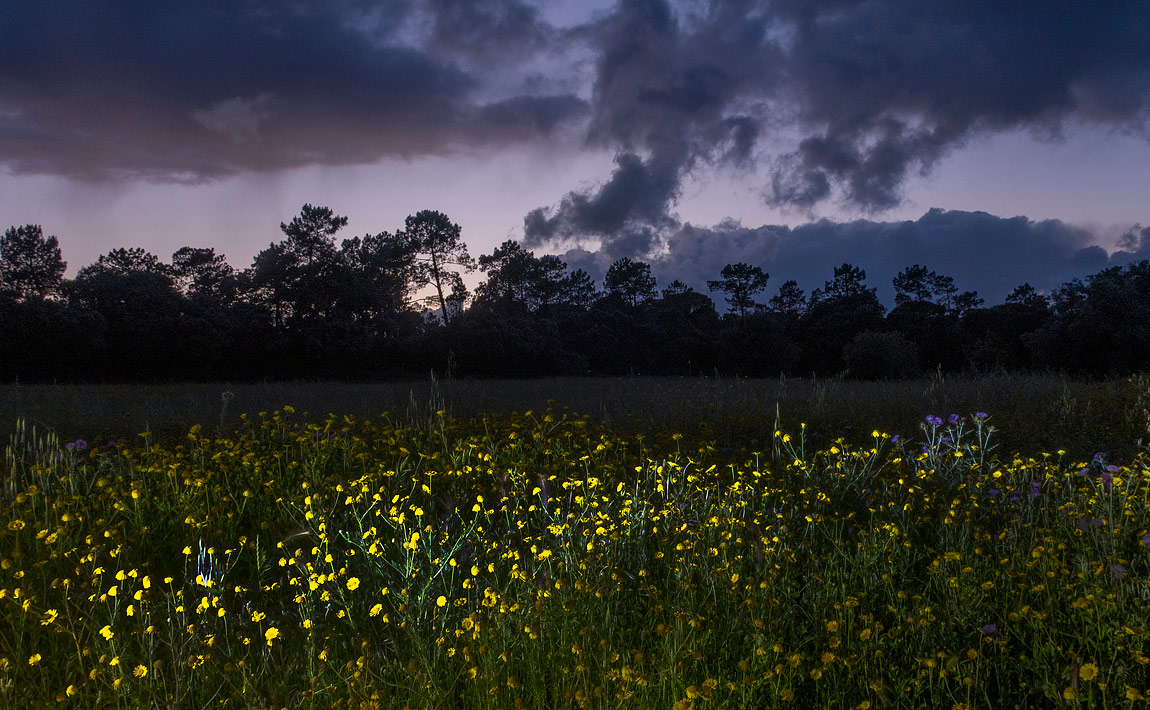Twilight, the time's space after sunset and before nightfall, has been a source of reflection for people and photographers. In Scandinavian mythology, the Twilight of the Gods (Ragnarök) was the catastrophe that put an end to Earth and caused the annihilation of the gods after cruel winters and moral chaos. After the destruction of everything that existed, a new regenerated Earth emerged, which began to be populated by descendants of Lif and Lifthraser ("Life" and "Vitality"). An era of happiness began, governed by inviolable laws dictated by anonymous gods and benefactors. Based on this legend, Wagner wrote the last part of the tetralogy, "Twilight of the Gods".
When the Sun approaches the horizon, sunlight passes through a greater thickness of mist and dust, becoming depleted in blue radiation and making the Sun's colour progressively reddish. Once the Sun has set, above that yellow flash, we can see a purplish light. In colour film photography, recording landscapes at twilight presents considerable difficulties due to the reduced amount of light available and the great difference between the lighting of the sky and the landscape.
Using sensors set at very high ISO and image post-processing, digital photography makes it possible to overcome many of these difficulties. In this image, my approach was different. I kept the ISO at a minimum, slowed the shutter speed, used a tripod, and lit the foreground using an LED spotlight. I especially liked the combination of the yellow of the marigolds in the foreground and the purple of the sky and clouds. The silhouette of the maritime pines in the background was wonderful. Nothing is more vibrant than a flowery spring meadow. Dusk will undoubtedly be followed by dawn.


